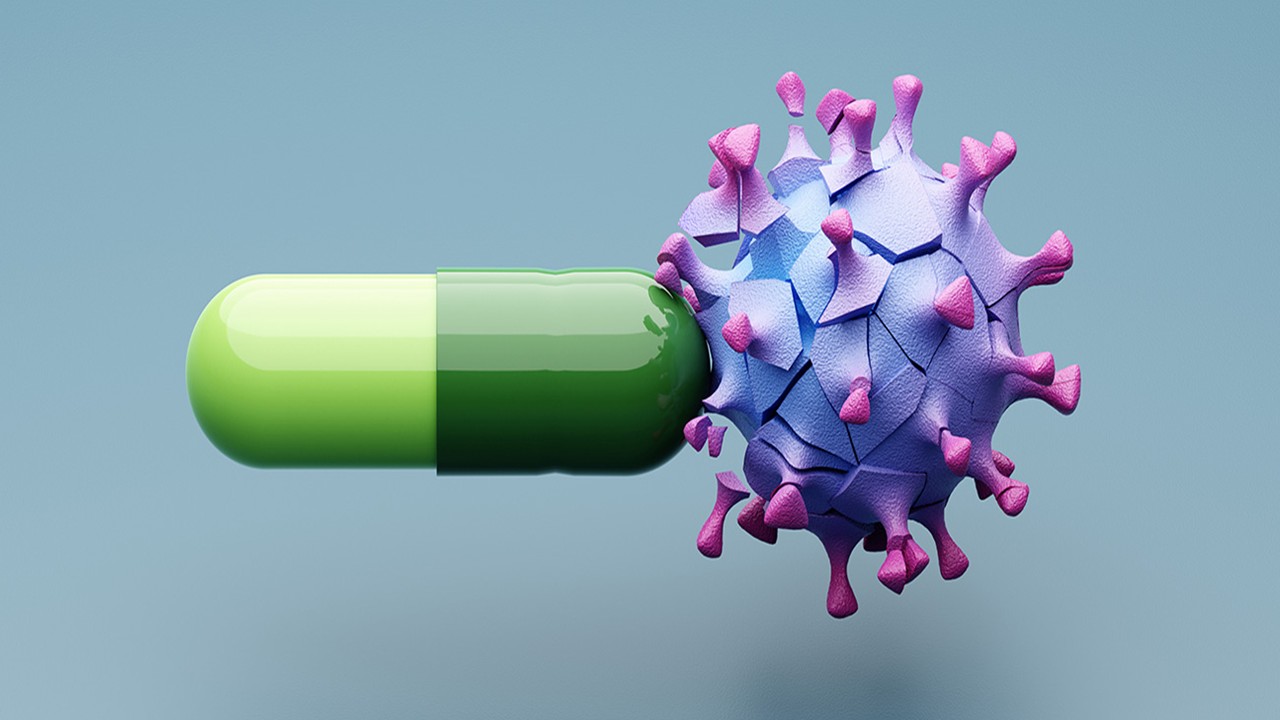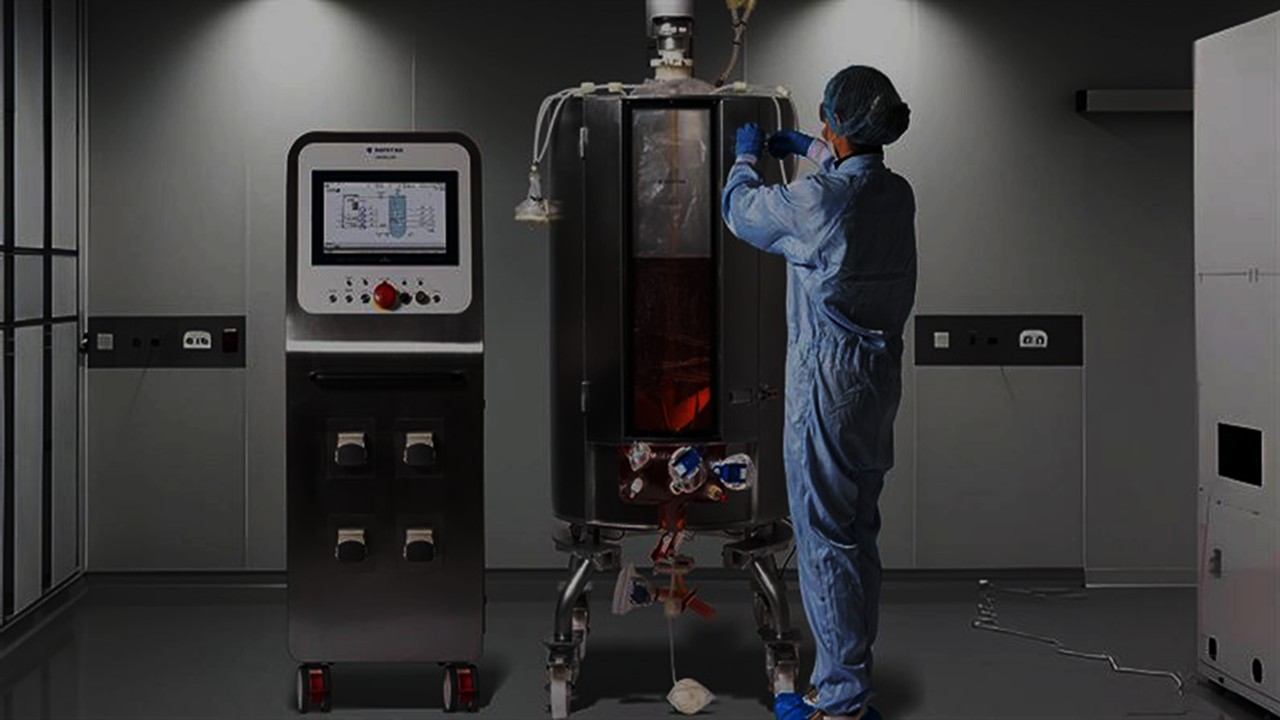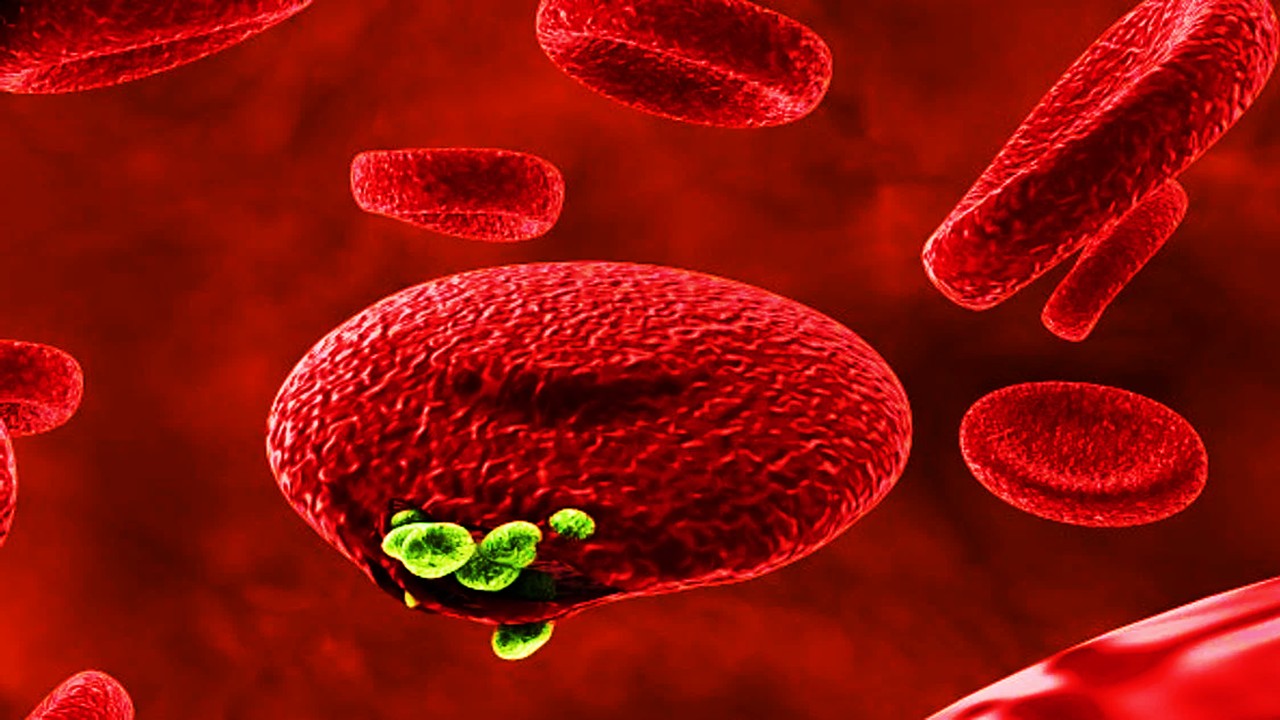Membranes as Frontiers: Why Cellular Borders Are the New Drug Targets
In the biochemical landscape of infectious diseases and cancer, the cell membrane is more than a protective shell—it is a gatekeeper, signal conduit, and biochemical identity badge. Historically, drug design revolved around intracellular targets—enzymes, receptors, transcription factors—but the increasing threat of multidrug resistance and immune evasion has forced pharmacology to reconsider the outermost interface. Membranes, once regarded as passive barriers to overcome, are now emerging as proactive sites of therapeutic intervention. The strategy is both elegant and brutal: disrupt the integrity of a pathogen’s or tumor cell’s lipid bilayer, and you eliminate its viability at the most fundamental level. Unlike receptor-blocking or metabolic inhibition, membrane disruption is a direct physical intervention—akin to rupturing the hull of a ship rather than blocking its steering.
Yet targeting membranes is a game of surgical aggression. Human cells and microbial cells alike possess bilayer structures composed of phospholipids, sterols, and membrane-associated proteins. The crux of therapeutic specificity lies in the subtle differences: lipid charge density, acyl chain saturation, and glycosylation patterns. Bacterial membranes are rich in negatively charged lipids like phosphatidylglycerol and cardiolipin, while mammalian membranes possess neutral phosphatidylcholine and cholesterol. By engineering agents that preferentially bind, insert, or destabilize target-specific lipid conformations, researchers are forging a class of membrane-disrupting agents (MDAs) that act with terrifying precision. These agents, unlike antibiotics or monoclonal antibodies, do not require intracellular trafficking or metabolic activation. They kill on contact—by unraveling the one structure that defines cellular containment.
Pharmaceutical development, however, has always been cautious around mechanisms that lack molecular subtlety. Membrane disruption walks a fine line between curative force and collateral cytotoxicity. The challenge, therefore, is not merely to design molecules that break membranes—but to ensure they do so selectively, controllably, and with tunable kinetics. Achieving this has meant turning to molecular modeling, supramolecular chemistry, and nanoscale delivery systems that blur the line between drug and machine. The new MDAs are not bullets; they are biomechanical drills, amphiphilic saboteurs, and electrostatic artists—all designed to collapse specific membranes while leaving others untouched.
Architectures of Attack: Engineering Selective Amphiphilic Agents
The heart of a membrane-disrupting agent is its amphiphilicity: a dual identity that allows it to interact with both hydrophobic bilayer cores and hydrophilic aqueous environments. Classical examples such as antimicrobial peptides, lipopeptides, and cationic surfactants exploit this architecture by inserting themselves into lipid bilayers, disrupting membrane tension, and triggering pore formation or micellization. Yet modern drug discovery demands more than brute amphiphilicity. Today’s agents are fine-tuned at the atomic scale—designed not only for membrane insertion but for selectivity, adaptability, and evasion of systemic immune activation. This requires a systems-level understanding of how bilayer compositions differ among targets, and how electrostatic landscapes influence membrane binding.
To this end, synthetic analogues of naturally occurring antimicrobial peptides have undergone deep iterative redesign. Researchers now employ combinatorial peptide libraries screened via high-throughput liposome leakage assays to identify motifs that disrupt bacterial membranes while sparing mammalian cells. Key discoveries include the role of α-helical tilt, hydrophobic moment, and interfacial hydrophobicity in modulating insertion depth and membrane curvature stress. Peptidomimetics, such as β-peptides and arylamide foldamers, provide increased stability in serum while preserving amphipathic structure. These synthetic agents, unlike traditional drugs, behave more like materials than molecules—folding into membrane-active conformations only upon encountering specific lipid environments.
Further advances stem from supramolecular chemistry, where amphiphilic molecules self-assemble into nanostructures—micelles, vesicles, or nanofibers—that disrupt membranes through collective behavior. These self-assembled architectures act like precision-guided demolition teams: localizing, binding, and disrupting target membranes via cooperative lipid extraction or domain destabilization. The challenge is maintaining control over these assemblies in vivo, where ionic strength, serum proteins, and membrane heterogeneity can trigger premature activation. Innovations in pH-responsive domains, ion-sensing motifs, and cleavable spacers allow these constructs to remain inert until encountering diseased microenvironments, at which point they disassemble and attack. This is disruption not as a default function, but as a conditional response—a logic-gated assault on pathological membranes.
Beyond the Pathogen: Targeting Cancer and Senescent Cells Through Membrane Vulnerability
Membrane disruption, once the preserve of antimicrobial strategy, has found a new frontier in oncology and senescence therapy. Cancer cells exhibit altered membrane compositions—higher surface charge density, elevated lipid raft clustering, and disrupted phosphatidylserine asymmetry. These differences render malignant membranes more susceptible to electrostatic disruption and lipid extraction, making them prime targets for engineered MDAs. In parallel, senescent cells—often implicated in age-related diseases and chronic inflammation—display persistent plasma membrane alterations that hinder clearance by immune cells. The membrane becomes both a molecular fingerprint and a vulnerability to be exploited.
To translate this into therapy, researchers have designed MDAs that recognize oncogenic membrane phenotypes via pattern-matching electrostatics and surface curvature recognition. One approach involves cationic dendrimers functionalized with tumor-targeting ligands and hydrophobic alkyl tails. These constructs recognize the negative surface potential of cancer cells, collapse into the lipid bilayer, and disrupt membrane asymmetry, triggering immunogenic cell death. Another strategy deploys fusogenic liposomes coated with cell-penetrating peptides that deliver synthetic phospholipid analogs, destabilizing the bilayer from within. The disruption is not only cytolytic but instructive—signaling for dendritic cells to process debris and initiate antitumor immunity.
In the context of senescence, MDAs can facilitate selective removal of cells that resist apoptosis yet propagate tissue dysfunction. Compounds such as galactose-modified amphipathic peptides exploit lysosomal fragility in senescent cells to trigger membrane leakage and mitochondrial collapse. These agents are designed not to cure aging but to prune its cellular legacy—clearing the chronically damaged and metabolically inert. The therapeutic goal is not annihilation but recalibration: targeting membrane fragility to reset tissue homeostasis without triggering systemic toxicity. In both cancer and senescence, the membrane ceases to be a wall—it becomes a storybook of pathology, and MDAs are its interpreters and editors.
The Art of Rupture: Mechanistic Pathways of Membrane Disruption
Membrane disruption is not a singular event but a mechanistic spectrum: from carpet models to barrel-stave pore formation, from detergent-like solubilization to non-lamellar phase induction. Understanding which pathway an MDA employs is critical not just for efficacy but for predicting immune response, toxicity, and resistance emergence. Mechanistic studies often begin with model systems—liposomes, giant unilamellar vesicles, and supported lipid bilayers—under microscopy and scattering assays. These platforms allow visualization of peptide-induced pore expansion, bilayer thinning, and micelle generation under varied ionic, pH, and compositional conditions.
The carpet model describes amphiphilic agents that align parallel to the membrane, disrupting surface tension until the bilayer disintegrates. This is akin to tearing wallpaper by overloading adhesive tension. The barrel-stave model, by contrast, involves vertical insertion of agents into the bilayer, forming transmembrane pores lined by hydrophobic residues. In between lies the toroidal pore model, where agents induce membrane curvature that merges inner and outer leaflets into transient conduits. Each mechanism has different implications: pores trigger ion leakage and apoptotic cascades, while micellization induces necrosis-like cell lysis. Fine-tuning an agent’s structure shifts its mode of action along this mechanistic continuum.
Moreover, time-resolved studies show that some MDAs switch mechanisms mid-exposure. An agent may first carpet the surface to destabilize lipid packing and later transition to pore formation as concentration increases. This dynamic mechanistic plasticity complicates therapeutic design but also offers opportunity: agents can be engineered to alter mode of disruption depending on their pharmacokinetic profile or local membrane composition. Such dual-mode disruptors offer versatility—able to breach highly resistant membranes or act synergistically with intracellular toxins. The art of rupture, it seems, lies not just in force—but in choreography.
Delivery Matters: Navigating Barriers and Containing Collateral Damage
For all their potency, MDAs remain therapeutically limited by one pressing question: how do we deliver a membrane-disrupting molecule without letting it become a membrane-destroying liability? Selectivity at the molecular level must be matched by spatial and temporal control at the systemic level. This has made delivery systems not auxiliary, but integral to the development pipeline of MDAs. Nanocarriers, prodrug strategies, and tissue-specific activators have become standard elements of MDA design, turning otherwise indiscriminate toxins into site-specific therapeutics.
Lipid-based nanoparticles offer both camouflage and control. By embedding MDAs within neutral liposomes, researchers can mask their cationic surfaces and tune their release via pH-sensitive or enzyme-responsive triggers. This is particularly useful in tumor microenvironments, where acidic pH or overexpressed matrix metalloproteinases can cleave protective coatings and expose active agents. Alternatively, polymeric micelles and dendritic scaffolds allow multivalency and modularity, enabling the conjugation of targeting ligands, imaging probes, and release regulators. The therapeutic payload is no longer a molecule—it is an orchestrated assembly.
Intriguingly, some systems use biological decoys to direct MDAs away from healthy tissues. Red blood cell-mimicking vesicles or exosome-based carriers can absorb nonspecific binding, acting as kinetic buffers in circulation. Meanwhile, advances in oral and inhalable delivery of MDAs are opening new frontiers in treating respiratory and gastrointestinal pathogens without systemic exposure. Ultimately, delivery is not about transportation—it is about modulation. The true success of MDAs will depend not just on their biochemical design but on our ability to shepherd them with surgical discretion through the body’s intercellular terrain.
Resistance and Resilience: Will Membranes Learn to Fight Back?
As with all antimicrobial and cytotoxic strategies, the specter of resistance looms large. Unlike classical antibiotics, MDAs target the biophysical integrity of membranes—a feature not easily circumvented by single-nucleotide mutations. Yet biological systems are adaptive. Alterations in membrane fluidity, changes in lipid composition, and upregulation of efflux systems may grant partial resistance or tolerance to repeated MDA exposure. Bacterial strains with altered fatty acid synthase expression or increased membrane rigidity have shown reduced susceptibility in in vitro models. Cancer cells may similarly recruit cholesterol-loading pathways to reinforce membrane domains, buffering against disruption.
To address this, next-generation MDAs are being designed with adaptive pressure in mind. Cyclic sequences, structure-switching domains, and metabolically incompatible analogues limit the emergence of resistance by exhausting the cell’s compensatory mechanisms. Combination therapies with immune modulators or intracellular inhibitors create a two-front war—one at the membrane, the other inside the cell—making resistance evolution kinetically and energetically prohibitive. Furthermore, surveillance systems using lipidomic profiling can identify early resistance shifts in treated populations, allowing for real-time therapeutic redirection.
Still, the resilience of the membrane remains the ultimate wildcard. It is an evolutionary masterpiece—flexible, repairable, and endlessly variable. In this arms race, MDAs are the disruptors, but membranes are the survivors. The future of this field will hinge not on who can break more membranes, but on who can break them wisely—targeting not just the cell but the conditions under which the cell cannot recover. And in that pursuit, membrane-disrupting agents represent not just a new pharmacological class, but a new philosophy of therapeutic intervention—one that sees the cell not as a bag of targets, but as a landscape of vulnerabilities waiting to be read.
Engr. Dex Marco Tiu Guibelondo, B.Sc. Pharm, R.Ph., B.Sc. CpE
Editor-in-Chief, PharmaFEATURES

Subscribe
to get our
LATEST NEWS
Related Posts
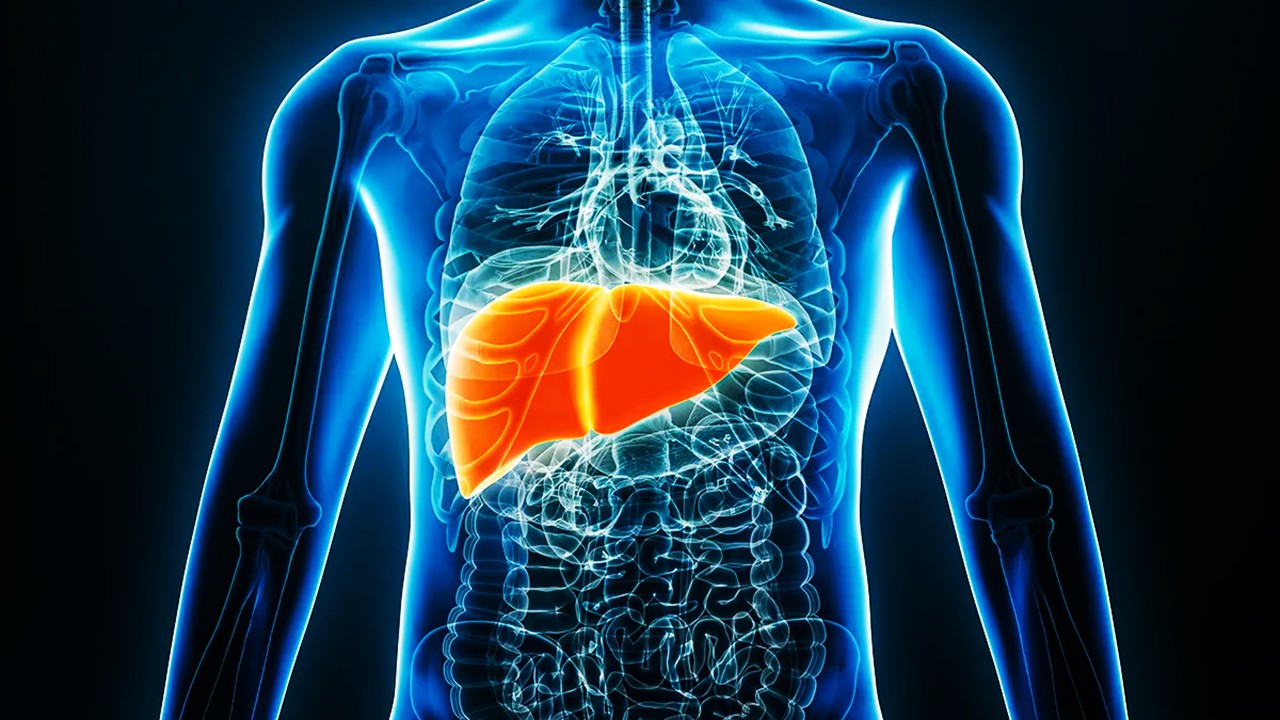
Drug Discovery Biology
Mini Organs, Major Breakthroughs: How Chemical Innovation and Organoids Are Transforming Drug Discovery
By merging chemical innovation with liver organoids and microfluidics, researchers are transforming drug discovery into a biologically precise, patient-informed, and toxicity-aware process.
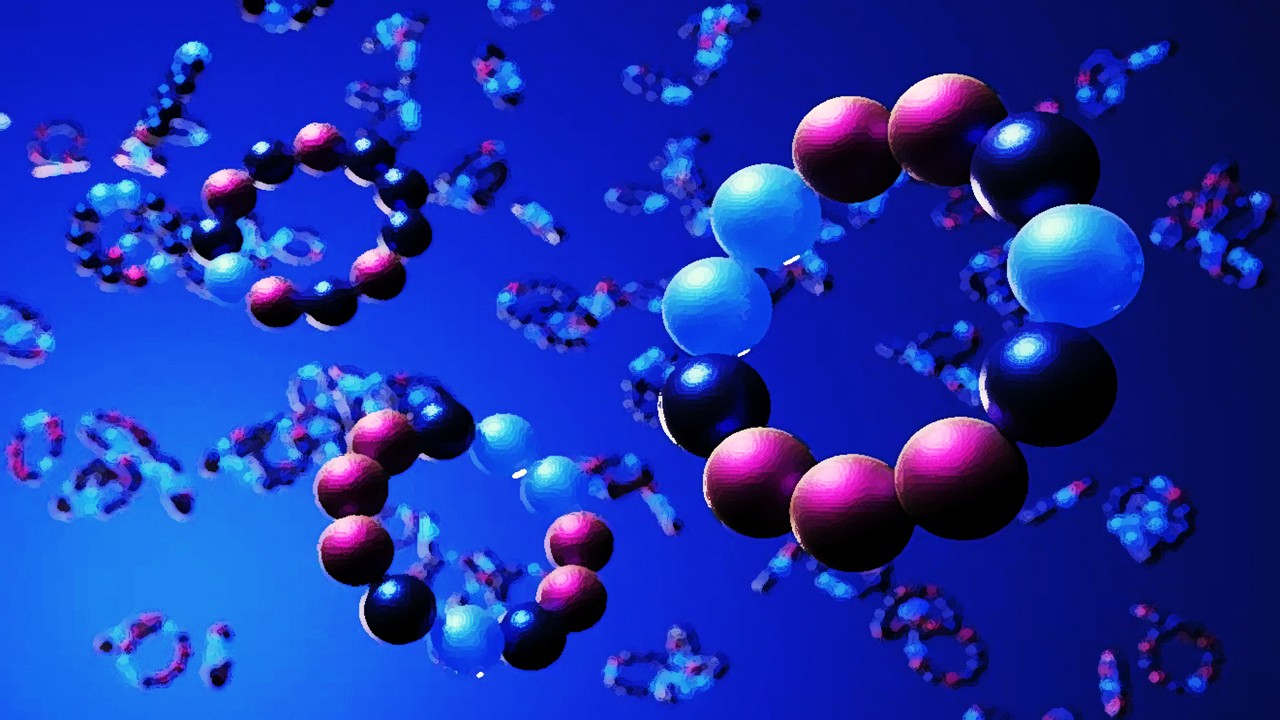
Drug Discovery Biology
Breaking Barriers: Macrocyclic Peptides as Next-Gen Membrane-Disrupting Antimicrobials
The relentless evolution of bacterial resistance has rendered many conventional antibiotics ineffective, pushing researchers toward unconventional therapeutic strategies.
Read More Articles
Tetravalent Vaccines: The Power of Multivalent E Dimers on Liposomes to Eliminate Immune Interference in Dengue
For the first time, a dengue vaccine candidate has demonstrated the elusive trifecta of broad coverage, balanced immunity, and minimal enhancement risk,
Primed by Parasites: How Malaria Exposure and Off-Target Immunity Shape RTS,S Vaccine Protection
RTS,S/AS02A leverages malaria’s immunological imprint to elicit both targeted and unexpected antibody responses, reshaping how we understand—and engineer—vaccine efficacy in exposed populations.








